|
By Ethan Farr, Sports Myotherapist & Exercise Scientist As someone who has done martial arts throughout my early teens and now into adult life I have noticed a few changes in the way I need to train and how I can recover from said training. I still remember when I could jump straight into training without any form of warm up! These days I definitely take more time to warm up and stretch out, even before skipping - a pre warm-up warm-up if you will. Warming up thoroughly and prioritising recovery has become an essential component of my martial arts routine. That being said throughout my martial arts journey I've discovered a valuable ally: Myotherapy! Myotherapy can help with:
Myotherapy is a therapeutic approach designed to identify and target areas of muscle tension and imbalance within the body. Through a mixture/combination of techniques such as deep tissue massage and myofascial release, stripping, cross fibre frictions, trigger point release, and cupping, Myotherapists work to release tight muscles, alleviate "knots", and restore balance to the musculoskeletal system. By addressing these issues, individuals can experience improved posture, reduced discomfort, and enhanced overall physical well-being. Following intense physical activity or injury, muscles often require time and attention to recover fully. Myotherapy plays a crucial role in this process by promoting blood circulation, which helps deliver oxygen and nutrients to the muscles, aiding in their repair and regeneration. Additionally, techniques such as effleurage and petrissage can help reduce muscle soreness, allowing for faster and more efficient recovery. One of the key benefits of Myotherapy is its ability to improve flexibility, mobility, range of motion and most importantly to most pain free range of motion. By targeting tight muscles and releasing fascial restrictions, your Myotherapist helps you achieve greater freedom of movement and flexibility in your joints. This not only reduces the risk of injury but also enhances overall physical performance and comfort in daily activities and aids in getting those kicks to head height. Regular Myotherapy sessions can significantly reduce the risk of Martial Arts related injuries by addressing muscular imbalances, enhancing flexibility, and promoting better biomechanics (the quality of movement). By identifying areas of weakness or tightness before they develop into more serious issues, Myotherapy helps individuals maintain optimal musculoskeletal health and prevent injuries from occurring during physical activity or sports. For individuals recovering from injuries, Myotherapy is an invaluable tool in the rehabilitation process. By targeting specific areas of tension or weakness, Myotherapy helps restore proper function and range of motion to injured muscles and joints. This not only accelerates the healing process through increasing blood flow to the area but also minimises the risk of re-injury by addressing underlying issues that may have contributed to the initial injury. Beyond its therapeutic benefits, Myotherapy has been shown to enhance physical performance in athletes and active individuals. By improving flexibility, reducing muscle tension, and promoting efficient movement patterns, we can help individuals achieve peak performance levels in their chosen activities. Whether it's improving strength, speed, or endurance, regular treatments can provide athletes with a competitive edge and help them reach their full potential. Myotherapy is a great option for all martial artists whether you’re pre/post a big grading session, in a training camp for a fight or even if you’re just trying to remedy those little niggles and aches that tend to pop up after some difficult training and sparring sessions. We can help with pain, tightness or injury related to all kinds of Martial Arts training, including Brazilian Jiu Jitsu, Muay Thai, Karate, and Boxing, just to name a few. If you’re looking to improve your capabilities in martial arts or recover from injury make sure you get in and book with me! I understand exactly what your sport/art demands to get you back to your peak performance and keep you there! I'm currently available on Tuesdays, Thursdays and Sundays. Book with me to start your treatment and keep you at the top of your game. By Ethan Farr, Sports Myotherapist & Exercise Scientist Injuries are an unfortunate reality for many people, whether they occur during sports, exercise, or everyday activities. However, the road to recovery doesn't have to be a daunting journey. In fact, exercise can and should play a pivotal role in not only regaining strength and mobility but also in fostering a positive mindset throughout the healing process. Today we'll explore the benefits of using exercise as a tool for getting back from an injury, as well as some key considerations to keep in mind along the way.
Contrary to popular belief, rest alone may not always be the best approach to healing from an injury. In fact A great deal of scientific evidence suggests that the stimulation of movement, especially in the early stages of healing, is a crucial part of recovery from injuries and surgeries. While it's essential to give your body time to recuperate, incorporating gentle exercise can promote blood flow, reduce stiffness, and prevent muscle atrophy. Exercise helps maintain joint flexibility and range of motion, which can be especially beneficial for injuries involving the muscles, tendons, or ligaments. Additionally, engaging in physical activity releases endorphins, which are natural mood elevators that can alleviate pain and boost overall well-being. It's crucial to work closely with a healthcare professional or physical therapist to develop a personalised exercise regimen that aligns with your specific injury and recovery goals and to ensure you understand the exercise, how to do it and what muscles should be activated during the exercise. Depending on the nature and severity of your injury, your exercise program may include a combination of stretching (or getting back to full range of motion), strength training (including building up the muscles endurance), cardiovascular exercises, and low-impact activities (even just walking can have a profound impact on your recovery). Be mindful of any limitations or restrictions imposed by your injury, and avoid activities that exacerbate pain or discomfort the aim is to strengthen not reinjure. Patience is key when it comes to injury recovery and believe me I understand it’s frustrating not being able to do what you used to do. However it's essential to start slowly and gradually increase the intensity and duration of your workouts as your body heals and is able to cope with the load. Listen to your body and be mindful of any signals of pain or fatigue. Pushing yourself too hard too soon can impede the healing process and increase the risk of re-injury. Celebrate small victories along the way, whether it's reaching a new milestone in your rehabilitation exercises or experiencing a reduction in pain symptoms. It’s important to reframe negative opinions on your rehabilitation pathway rather than “this is all I can do without pain” consider “I can do this much to help strengthen and get me back to a pain free lifestyle” It is also useful to use short term goals to keep track of your progress and improvements e.g. “In two weeks time be able to walk 15 minutes without pain or flare ups afterwards” this would be a great goal as it is timed so you know when to look back at it and see if you met the goal and it is achievable for most. Injury recovery is a journey that requires patience, perseverance, and a holistic approach to healing. By harnessing the power of exercise, along with the guidance of healthcare professionals and a positive mindset, you can not only bounce back from your injury but emerge stronger and more resilient than before. If this interests you ensure that you get in contact with us by phoning the clinic on 03 8204 0970 or email me at [email protected] - or you can book your first appointment with me to get you pain free and starting on your rehabilitation pathway today! By Rachael Bird, Myotherapist Lifting techniques can contribute to back pain - but like with so many things, its usually a combination of factors that lead to pain after lifting. While I love helping people with back pain, I also understand that a lot of lifting related pain can be avoided by taking your time and managing the loads well. Here’s some of the nuggets of wisdom I give to my patients who injure their back while lifting. Some of the most common factors I see that lead to this kind of back pain are:
Poor Lifting Techniques: Improper lifting techniques, such as bending at the waist rather than the knees, can strain the back muscles and lead to injury. Also keep in mind to be careful if you need to twist or lean while holding a heavy load. Generally these lifting techniques may be alright for a small number of light lifts, but if you know you need to lift a lot of items or you know that what you need to move will be heavy, pay closer attention especially as you start to notice fatigue. Overexertion: Moving heavy items like furniture without proper rest or support can cause muscle fatigue and strain. Take smart breaks if you are going to be lifting heavy or frequently, whether thats a one off event like moving house, or regular weight training at the gym. Lack of Conditioning: If you are not accustomed to heavy lifting or physical exertion, sudden lifting or moving activities can strain unconditioned muscles and lead to injury. Slowly build up your strength so that you can feel more resilient. If you have a sensitivity from a previous injury, take that into consideration when planning activities that need you to lift heavy things. Inadequate Support: Carrying heavy objects without proper support or assistance can put excessive stress on the back. Where you can, use a trolley, box or bag, or recruit a buddy to help move a large, awkward or heavy object. Repetitive Strain: Repeated bending, lifting, and carrying many items over an extended period can cause cumulative stress on the back muscles and spine. Take frequent breaks, even if the workload is light and especially if you are unaccustomed to lifting. Pre-existing Conditions: If you have a pre-existing back issue or sensitivity, you may be more susceptible to back pain when engaging in heavy lifting or moving activities. If you’ve been injured in the past, make sure you take it slow and take care of yourself. Are you planning to move house soon? Do you have a job that involves moving things around, loading or unloading things? Or do you know that you need to do some serious lifting in the near future? Here are some of my top tips to minimise the risk of back pain when you’re lifting: Use Protective Lifting Techniques: Lift with your legs, not your back. Bend your knees, keep your back straight, and use your leg muscles to lift. Engage your core. Ask for Help: When moving heavy or bulky items, ask for help or use moving tools (like a trolley or straps) to share the load. Are you moving house? Consider outsourcing it to a removalist, it will cost you money instead of injury and pain! Take Breaks: Don’t overexert yourself. Take breaks during moving tasks to rest and stretch your muscles. Take a break before your body feels like it needs a break - by the time you’re feeling it, you probably needed to rest 10 minutes earlier! Use Proper Equipment: Utilise proper lifting equipment or tools designed to reduce strain on your back. Stay Active and Strong: Regular exercise and maintaining overall fitness can help prepare your body for physical tasks like lifting and moving. Back pain resulting from heavy lifting or moving can be prevented by being mindful of these factors and taking appropriate precautions to protect your back and overall well-being. Have you already hurt your back lifting something heavy and now need some pain relief? I’m here for you! Book in with me and we can make a plan that looks at relieving the pain in the short term, and building up the strength and resilience long term as a preventative to future injuries. As we get into the swing of the new year, many people will make a resolution to get fit. But if you go about this the wrong way, it can end in an injury that puts you on the sidelines for weeks or even months.
Exercise is amazing for your body and your mind. It boosts mental wellbeing, helps you to manage pain and over the long-term can protect you against injury. So how can you get back into a fitness regime without hurting yourself? Here are our top tips to minimise your chance of injury. Start small – even if you used to be a master! We know from experience that it’s really tempting to go back to doing what you have done in the past. After all, running that fast, lifting those weights or doing Pilates 5 days a week used to be easy! But whether you’ve been away from exercise because of injury, pregnancy or just that life got on top of you, this is the most common mistake people make. Over time, your muscles will become less conditioned. If you go back to your old regime, it may be too stressful on your body and lead to an injury. So don’t just jump in where you were. Instead, go back to the start. Your body will start to remember if you give it time to warm back up to exercise. Increase your frequency and intensity with time This goes hand in hand with the first point. It takes time for the body to get back into the swing of things. So give yourself at least a couple of months to get back to where you were before you stopped. For example, let’s say you used to run 10km 5 times per week. You’ve just had a break for several months due to a new job that took up your time. To get back into it, you might want to pace yourself by doing: 2km gentle jog x 2 for the first week to assess your fitness 5km gentle jog x 2 for 2 weeks 5km run x 3 for 2 weeks 7.5km run x 3 for 2 weeks 7.5km run x 4 for 2 weeks 10km run x 3 for 2 weeks If you’re feeling good and have had no injuries or flare-ups, then progress back to your 5 x 10km runs. As you can see, this progression takes 10-12 weeks to get back to your original program. It may take longer if you’ve been off exercise for a longer period of time or had a significant injury. But it will pay off in the long run if you pace yourself! Make sure you’re getting good nutrition and plenty of sleep Exercise recovery starts from the moment you stop exercising. There are a lot of factors that contribute to recovery, but nutrition and sleep are two of the most important. Our bodies use nutrients to heal and grow muscles, and most of this healing takes place as we sleep. For nutrition, our nutritionist buddy Samantha Gemmell recommends eating plenty of wholefoods for a good mix of protein, vitamins, minerals and antioxidants that support recovery. When it comes to sleep, Sam says that quality is just as important as quantity. Make sure that your room is completely dark, avoid caffeine after 3pm and minimise your screen time for 30 minutes before bedtime. Do some gentle stretches after your workout Exercise is great for your body, but it can lead to muscle tension. Muscle tension can put you at risk of injury. So how do you minimise that risk? One way is to stretch out after a workout. This doesn’t have to be anything too extensive. If you’ve gone for a run, do some gentle stretching of your legs and hips. If it’s upper body day at the gym, stretch out your shoulders and upper back. 1-2 minutes of stretching after each workout can add up! Give your body some TLC Sometimes stretching isn’t enough, and your muscles need a little extra TLC. Many people will get a relaxation massage or remedial massage, but this only addresses one aspect of the muscle tension. That’s where myotherapy comes in. Myotherapy incorporates massage with other techniques such as dry cupping, needling, trigger point therapy and taping. This combination can be helpful for not only treating exercise-related injury but also preventing it. Your myotherapist can also assess your muscles and joints to see if any are at significant risk of injury and prescribe exercises to strengthen those areas. Want to show your body that TLC and reduce your risk of injury? Book in with one of our friendly myotherapists here. When we make New Years Resolutions, we usually focus on what we want. We want to be fitter, thinner, better organised and able to give up bad habits. But have you ever wondered what resolutions your body might like you to make?
Our head myotherapist and resident body-whisperer Mel has 5 resolutions that your body is begging you to make this year. Move more throughout the day Our bodies were not designed to sit at desks for hours every day. They were designed to move constantly in a variety of different ways. Unfortunately, most of us can’t change jobs just to suit the body’s preferences! But you can find little ways to move more frequently throughout your day. For example, you could:
When you get up and change position regularly, your body will thank you. Regular movement can also reduce the risk of injury and pain that can occur when you’re physically inactive. Stretch out regularly Another important way that your body loves to move is with a good stretch! But when we sit for hours at a time, our muscles can tighten up and leave us feeling sore. So whether it’s at work, at home or even at the gym, find a way to incorporate a regular stretch. Make sure that you stretch until you can feel the muscle stretching out. But don’t go too far – pushing a stretch too deep too quick can lead to injury. If you do feel any sharp pain while stretching, you might have just stretched too far. But you might have an underlying injury that needs to be checked by your myotherapist. Focus on good quality sleep Our bodies do their best healing work as we sleep every night. So if you’re not getting enough deep and restful sleep, your body can’t maintain itself properly. A good rest isn’t just about how many hours you sleep. It’s also important to get quality rest, so your body can go into healing mode. Sleep is particularly important if you experience chronic pain. A poor night of sleep can worsen your pain the following day. But this goes both ways – worse pain during the day can impact on your sleep that night. Find a healthy way to manage your stress A lot of the less healthy choices we make can come back to stress. How we eat, move our bodies and unwind in our spare time often reflects how we deal with stress. But on the flip side, these factors can also make a big difference with how we manage stress. That's why it's a good idea to find a healthy way to manage your stress. There are plenty of options out there, including:
Take a proactive approach for body care When it comes to our health, most of us wait until something goes wrong before we actually do anything about it! But if we can switch to a more proactive approach to taking care of our bodies, we can get onto issues early or even prevent them. Book yourself in for a check-up with your GP, dentist, optometrist and any specialists you see regularly. When it comes to your muscles and joints, the team at Simple Wellness Myotherapy are here to help. To book in for a tune-up your body would approve of, head to our booking page here. If you work at a desk for hours on end, you know that it can be uncomfortable at the best of times. Office workers have just as much risk of injury and chronic pain as other more physically strenuous occupations. You may be at risk of issues including back pain, neck pain, repetitive strain injury or RSI and carpal tunnel syndrome.
So how can you minimise your chance of hurting yourself and stay at the top of your game? Our myotherapist Emily shares some of her tips for staying healthy and preventing pain and injury for office workers. Stretch often When you’re focused on your work, you often forget to shift position. Unfortunately, our bodies weren’t designed to stay in a position for hours at a time. That’s why the simplest tip is to stretch whenever you feel stiff, sore or fatigued. Stretching can also help to boost blood flow to the brain, which means you are more focused and productive. You can simply stretch at your desk if needed – stretch out your neck, shoulders and back, and do some circles with your ankles. But you can also do a standing stretch, which brings us to our next tip. Set yourself reminders to move Small amounts of movement throughout the day add up when it comes to preventing office injuries. But when you’re in the zone, you might forget! That’s why it’s useful to set yourself a reminder or alarm on your phone or computer. Aim for at least 1-2 minutes per hour of movement. This might be standing and stretching, going and getting a glass of water, making yourself a coffee or tea, going to the toilet or just walking around the office to get your muscles and joints moving. Give a sit/stand desk a try Desks that can alternate between a seated and standing position have become popular recently. They allow you the best of both worlds – you can sit for a bit, then switch to standing as a break from sitting. Have a chat to your employer about whether you can trial a sit-stand desk. The good thing is that many people find sit-stand desks boost productivity, so employers are often open to them. If you work for yourself or you are the boss, you can hire sit-stand desks and other equipment before purchasing. Make the most of lunchtime It can be tempting to eat lunch at your desk and power through the to-dos. But your lunch and break times are an opportunity to move around and give your muscles and joints a break as well. Get up and get moving. Head to a local park to have your lunch if it’s sunny outside. Grab a coffee from the café around the corner. You can even go for a brisk 5-minute walk around the block at the end of your break to wake up your brain and your body. That way, you’ll go back to work feeling refreshed. Get moving before or after work Some days you won’t get much time to move at work, so make the most of the hours outside of work. Find a way to get your body moving on a regular basis. This doesn’t mean you need to slog away at the gym for an hour every day. You can do some yoga stretches at home, walk the dog or go to the playground with your kids. If you do find yourself too tired to move after work, try getting up 15 minutes earlier and go for a walk around the block before work. It seems counter-intuitive, but exercise actually boosts your energy and relieves fatigue. Even a little bit each day will add up! Get a regular remedial massage or myotherapy treatment Your muscles and joints need care, just like every other part of you. That’s why regular treatments can help to prevent injury and pain. Our desk worker clients find that a treatment every 2-6 weeks helps to relieve tension and pain. Many report that they have fewer headaches, lower stress levels, improved sleep and mood and greater movement in joints and muscles. So if any of those are on your wish list, regular massage and myotherapy might be the answer! Is regular massage or myotherapy on your to-do list? Our myotherapist Emily is currently open for new clients. You can book with a session with her here. Have you ever had a massage at a day spa before? If not, you might be wondering whether a massage at a spa is similar to a massage you receive in a clinic setting. One of our myotherapists, Emily, has experience in both a day spa setting and a clinical setting. So today, she’s sharing with us the similarities and differences, as well as why you might opt for one over the other. Why you seek out a treatment
For the most part, people who seek out a spa massage treatment want to feel great. They want to enjoy a massage that relaxes them, but usually aren’t looking for any other outcome. On the other hand, people who seek out the services of a remedial massage therapist or myotherapist are looking for a specific outcome. When you book remedial massage or myotherapy, you generally want to alleviate symptoms such as pain, or at least prevent future pain and flares. The aim of a massage treatment As the reason for seeking treatment is different, it makes sense that the aim is also different. A spa massage therapist will aim to give you a massage treatment that feels good, relieve tension and helps you to feel more relaxed. A remedial massage or myotherapy session in a clinic will have specific goals and outcomes. This is because you will generally come in with an aim of having pain or an injury treated, managed and/or prevented. We will put together a treatment plan based on your needs and goals, and review that regularly. In a spa massage, there may be other treatments or tools involved such as hot stones or aromatherapy. Again, these are focused on relaxing you more and easing general stress and tension. On the other hand, remedial massage and myotherapy can involve a whole toolbox of techniques, depending on your needs. At Simple Wellness Myotherapy, we use dry needling, cupping, joint mobilisation, trigger point therapy, rehabilitation exercises and taping. Not everyone will need all of these in their treatment plan, but we can tailor your plan to your needs and goals. What to expect in a 60 minute spa massage Here is how a typical spa massage will run:
What to expect in a 60 minute clinic massage This is how a massage or myotherapy treatment runs at Simple Wellness:
Which is better – spa massage or clinical massage? It’s not really a competition because they are so different! If you’re just looking to treat yourself and enjoy a relaxing massage, there’s nothing wrong with a sneaky spa massage. Spa massage may also be preferable if you’re looking to have other beauty treatments. But if you’re dealing with pain, injury or significant tension, a clinical massage from a remedial massage therapist or myotherapist is best. Clinical massage is also better for preventing injuries and flare-ups of previous injuries and pain. Looking for a clinical massage? At Simple Wellness Myotherapy, we offer both remedial massage with our therapist Helvi and myotherapy with Emily and Mel. You can book an appointment with one of our practitioners here. If you've chosen to see a Myotherapist, theres a good chance that you've got a pain or injury that you're concerned about and you know that it needs more than just a bit of a massage. There are some cases where follow-up may not be needed. But for the majority of pain conditions or injuries, the best long term pain relief comes from a series of treatments specifically designed for you by your Myotherapist. Why do I want to see you for a follow-up treatment? Let me tell you all of the reasons!
Seeing how you responded to the treatment This one is pretty self-explanatory. When you receive a myotherapy treatment, you might respond well, or you might not. A follow-up allows us to check in and see how you recovered, and how the original problem is going. This lets us know which treatment techniques to keep using because they were effective for you, or which ones to drop from your treatment plan. Checking progress with at-home care and exercises Most clients receive either suggestions for at-home care and modifications and/or exercises. During your follow-up appointment, we can check in and see how these changes went for you. Found yourself struggling to do a particular exercise? We can prescribe an easier alternative until your strength or balance improves. Forgot how to do one of your stretches, or not sure if you’re doing it right? This is our opportunity to review it for you. Getting to the root cause of the original issue For most people, one treatment isn’t going to fix the issue completely. In most cases, there is an underlying cause that needs to be looked into. This is particularly important for those with chronic conditions and chronic pain. There are multiple contributing factors to chronic symptoms and pain. Unfortunately, we can’t address all of those factors in just one session! That’s why follow-up appointments can make all the difference. Helping you achieve long-term health goals Do you dream of running your first marathon? Or maybe you want to do an obstacle course with your friends? Perhaps you just want to chase the kids around the park and not pay for it later? Whatever your long-term goals are, we can work on them during a follow-up appointment. Follow-up sessions can really pay off when it comes to long-term goals, even if you experience chronic pain. One of my long-term clients with a chronic pain condition recently achieved her goal of going back to full-time work. She also goes to F45 several days a week – talk about smashing goals! Preventing future injuries Unfortunately, once you’ve had one injury, you are more vulnerable to future injuries. But we can help to minimise the risk of this occurring through follow-up sessions. During a follow-up, we can assess how strong and stable the surrounding muscles and joints are. Myotherapy treatments such as stretching, taping and exercises can all support the area while it heals and minimise the chance of future issues. Ensuring that your injury or symptom doesn’t warrant further investigation If you come in with some pretty impressive muscle tension or pain, it can be difficult to fully assess your situation. Your first session gives us a chance to release those muscles and reduce the pain. But in some cases, tension and pain can be covering up a red flag sign or symptom. With a follow-up, we have the chance to investigate your concerns further. If we do see any red flags, we can immediately refer you to your GP or specialist to get it sorted. Is it time for you to book your follow-up session? You can do that right here. Anytime Fitness in Ferntree Gully are having a one day sale on Wednesday 21st August, and they've invited us along to talk to you about Myotherapy and how it can help with your training or recovering from an injury.
We'll be there from 5-7pm, and have some Myo vouchers to give away, as well as bringing some of the tools of the trade for you to see. Of course, Perry will be trying his best to get a work out in as well! If you've been considering joining a gym, I can highly recommend Anytime Fitness. I go there myself and always find the place clean and neat, the staff are friendly and helpful, the personal trainers are happy to help you figure out how to use the equipment and they offer a selection of group classes that are free as part of your membership. Many people know what it’s like to have a loose joint. Maybe you even considered yourself ‘double jointed’ when you were in primary school. But hypermobility is something that can be benign, or it can be a serious concern in some cases. So let’s look at hypermobility and how you can support a loose joint naturally. What is hypermobility?
Hypermobility is when a joint has a greater range of movement than usual. This can be caused by a handful of factors, including:
Is hypermobility a bad thing? Not always. Some people can actually train their joints to become hypermobile over time – think people who do gymnastics or calisthenics. This isn’t a problem, as long as the joint isn’t damaged and the muscles are strong enough to prevent the joint from slipping out. There are also people that have one or more hypermobile joints, but don’t have any problems as a direct result. This is generally described as benign hypermobility. But it can be problematic for some people. Sometimes, it’s a short-term problem – like if you dislocate a shoulder during football. This will mean you need to nurse the joint back to normal mobility to prevent further injury. Sometimes, hypermobility is part of a bigger concern. There are conditions that present with hypermobile joints, including most forms of Ehlers-Danlos Syndrome and Marfan Syndrome. Sometimes, hypermobile joints that become problematic are the first clue that there is an underlying issue. Tips to support a hypermobile body part If you have some hypermobility and it’s not causing you any issues, you might be just fine. But if your joint is causing you pain, is unstable or affecting your life in any way, here are some tips to support it back to health. Keep exercising within your limitations The body thrives off movement, and it boosts blood flow throughout, which is needed for healing. If you have an injured body part, do any kind of exercise that doesn’t cause pain or discomfort. For example, if your shoulder is the issue, go for a daily walk still. If it’s an ankle, keep doing upper body work at the gym that doesn’t require standing. Remember, if you’re not sure how to exercise safely due to injury, the best course of action is to consult a myotherapist who can assess the situation for you. Use taping and other tools to increase proprioception One issue that is common with hypermobile joints is a loss of proprioception. Proprioception is where your brain thinks your joint is. If you lose proprioception, your body can start to think that the correct position for your joint is partially dislocated, or subluxed. A good tool to use to increase proprioception is taping. By taping a joint, you can stabilise the joint when it is very unstable. Once the joint improves, kinesiotape can help to increase your awareness, or proprioception, of the joint. In the clinic, I offer both rigid and kinesio taping services. In fact, return clients can book in a follow-up taping session, so we can re-tape a loose joint until it regains stability. To book a taping session, contact me directly. If your joint is particularly loose, you can also consider tools like splints, supports or orthotics to help with proprioception. These are most useful for highly unstable joints, or for times when you can’t focus solely on where a joint is. Not sure which tool is best for you? Ask your friendly myotherapist. Be cautious with stretching and yoga Stretching and yoga can have oodles of benefits. But if a joint is already stretched out of place, the wrong stretches or yoga poses can exacerbate the situation. Just because you can move into an extreme stretch doesn't always mean you should - often the safest option is to stop short of your absolute maximum stretch, because here you'll have the most control over your movement. Control at our very end range of movement can be difficult, and if your joints are prone to dislocation and instability due to loose or unreliable ligaments then ideally you should be aiming for a stretch where you can still keep excellent muscle control over the joint. If you’re not sure what is safe to do, have a chat to your practitioner or yoga teacher. Work with a hypermobile-literate myotherapist If your body is sore, a massage therapist can relieve some pain. But if you want to get the injury rehabilitated, you want to work with a myotherapist who is familiar with hypermobility. With myotherapy, we can not only give immediate relief using massage and other treatment techniques, but also put together a personalised treatment plan. A hypermobility management plan will include targeted strength and proprioception exercises. By rebuilding the muscles and teaching your joint where it should sit, you can get back on track. I’ve had the opportunity to work with many people who have hypermobility – both short-term and chronic. So whether you have a loose joint post-injury or a condition like Ehlers-Danlos Syndrome, I’m happy to help. Click here to book in an appointment. |
Meet Our Team
We have a team of great practitioners available 7 days a week at our Rowville clinic. Archives
July 2024
Categories
All
|
Got a question about Myotherapy?
Contact Mel by phone, email or Facebook
|
Simple Wellness Myotherapy & Remedial Massage Clinic
Shop 12B 150 Kelletts Rd Rowville VIC 3178 |
Phone us on
03 8204 0970 |




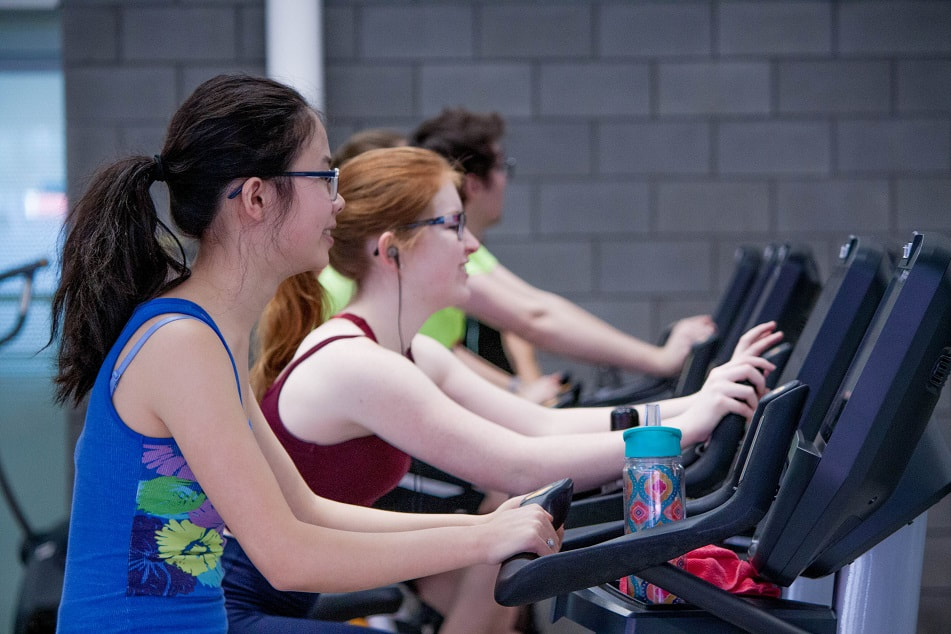

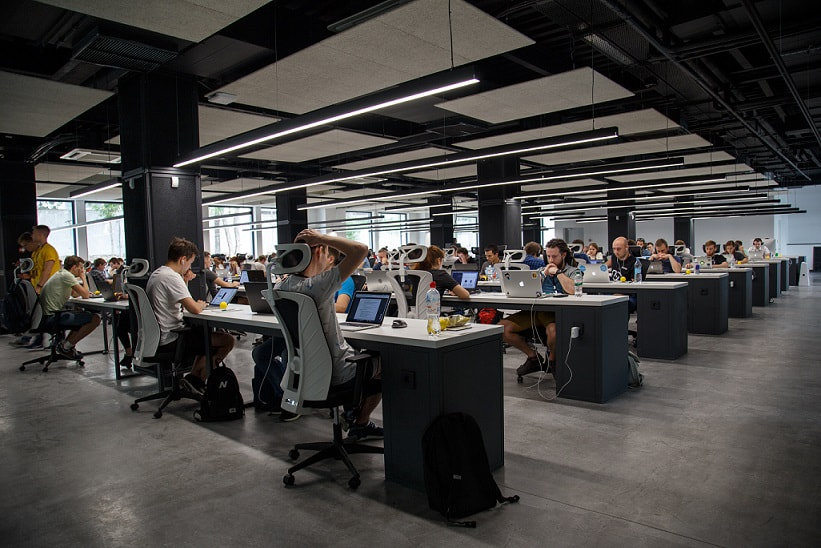
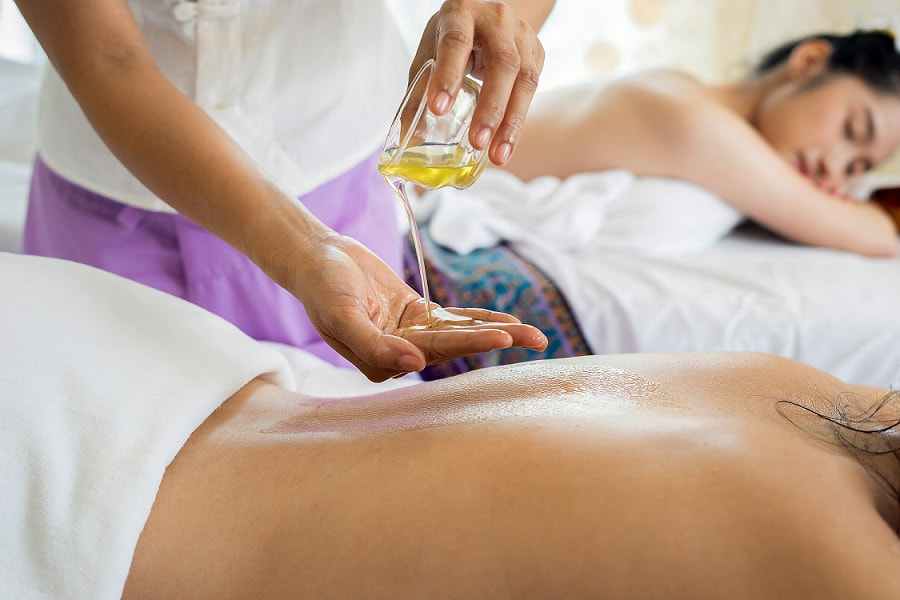
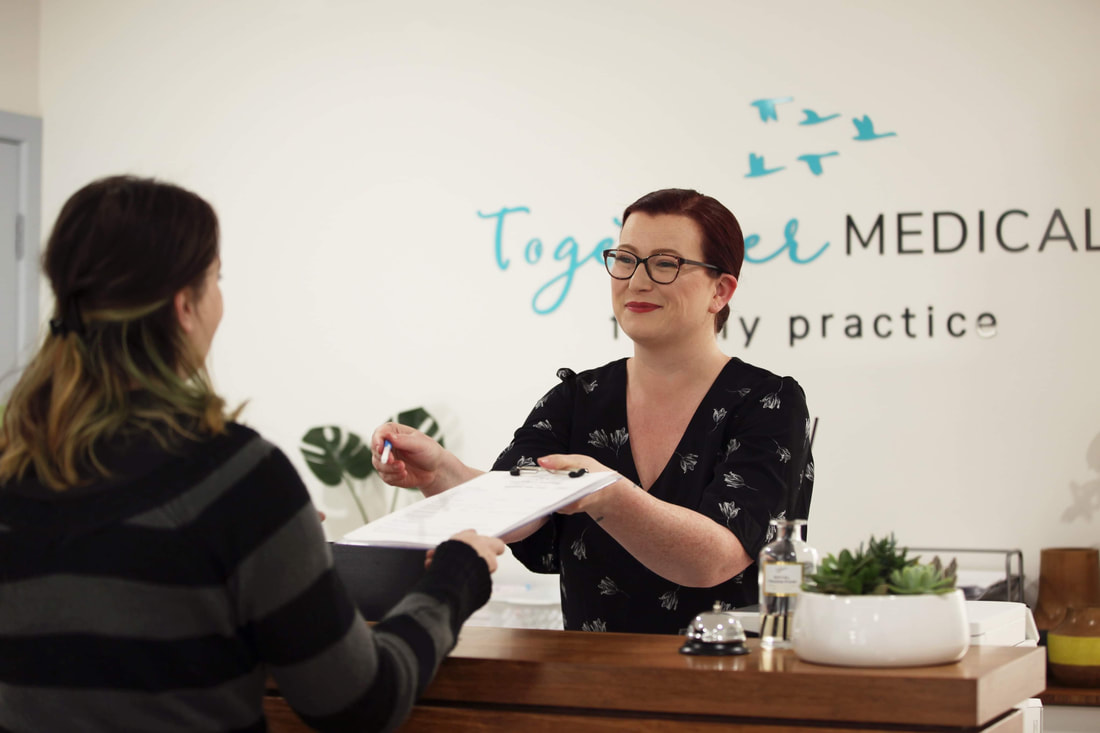
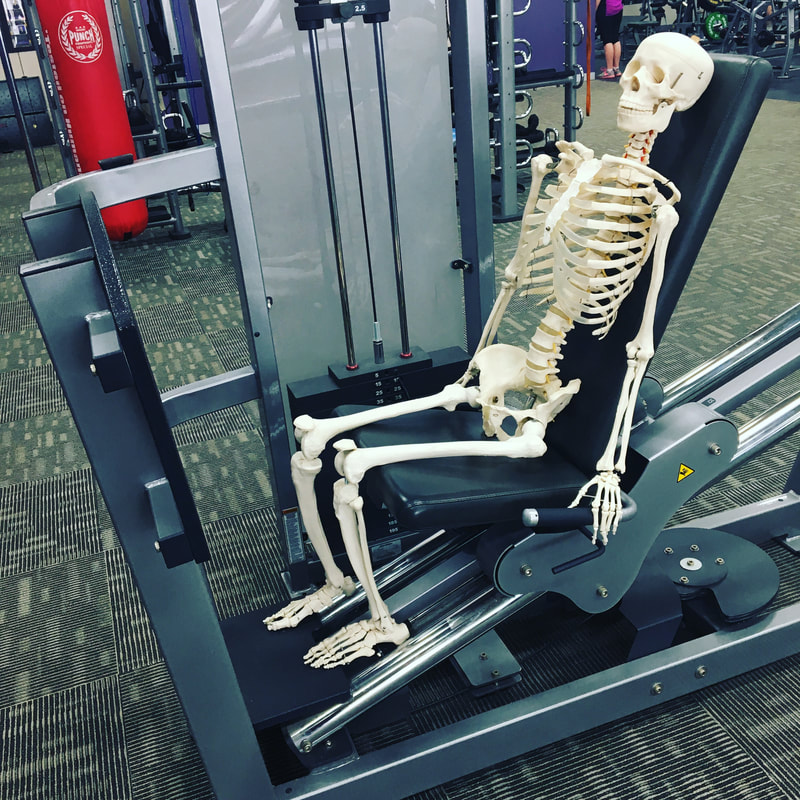
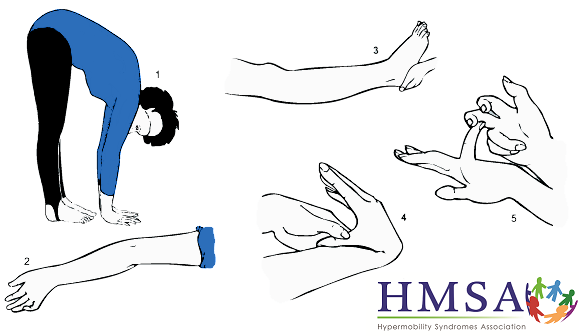
 RSS Feed
RSS Feed